Scotland Unveiled: 10 Essential Facts to Know Before Your First Travel
June 3, 2023
Scotland, with its rugged landscapes, rich history, and vibrant culture, is a captivating destination that beckons travelers worldwide. From the misty Highlands to the bustling streets of Edinburgh, this enchanting country offers many experiences for those seeking adventure, history, and natural beauty. However, before embarking on a journey to this remarkable land, it is essential to understand key facts about Scotland. By familiarizing yourself with these facts, you can enhance your travel experience and ensure you make the most of your time in this extraordinary destination.
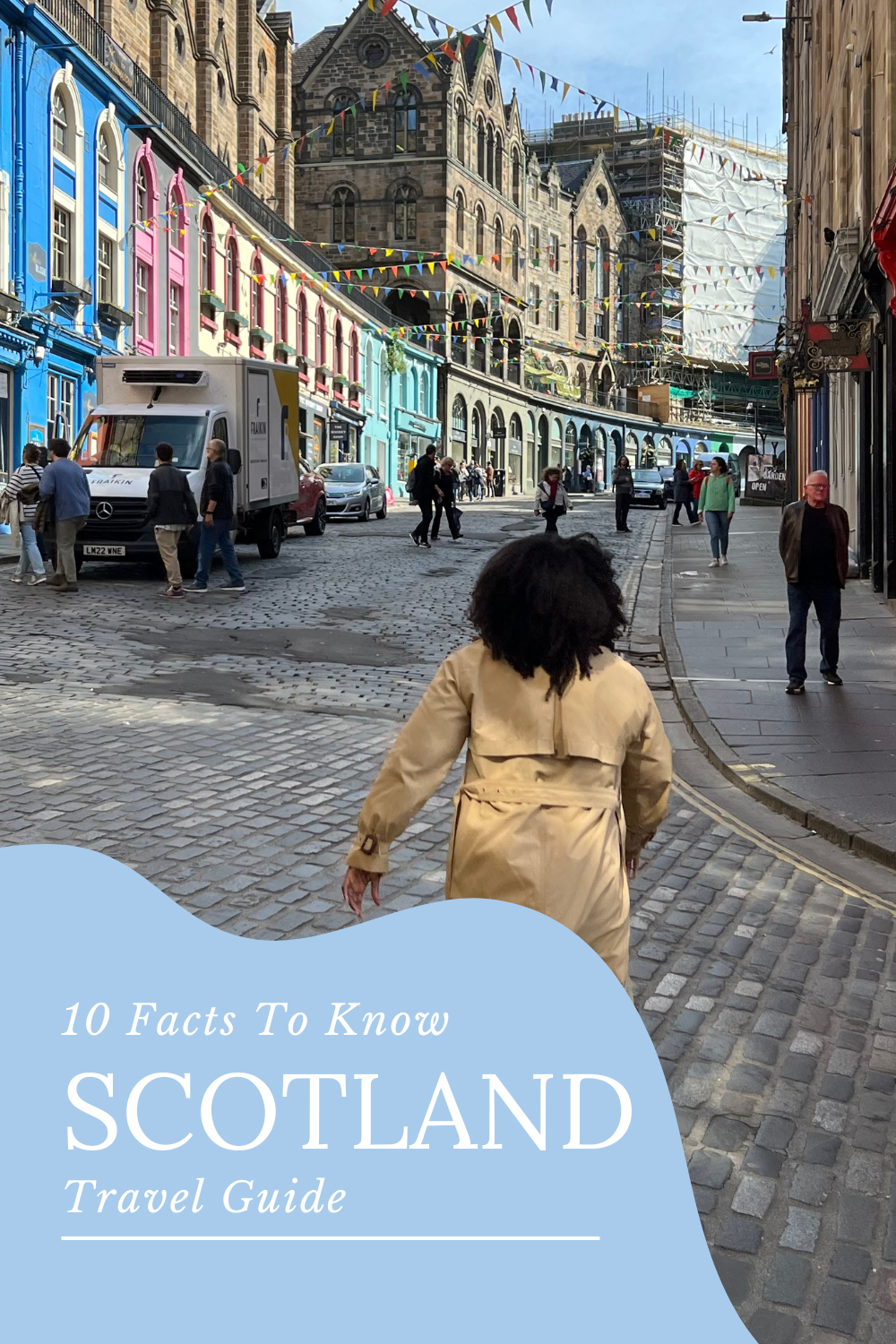
This trip was hosted by Detailed Travel, but all opinions are my own.
10 Essential Facts to Know Before Your First Travel
Scotland has a diverse geography and rich history.
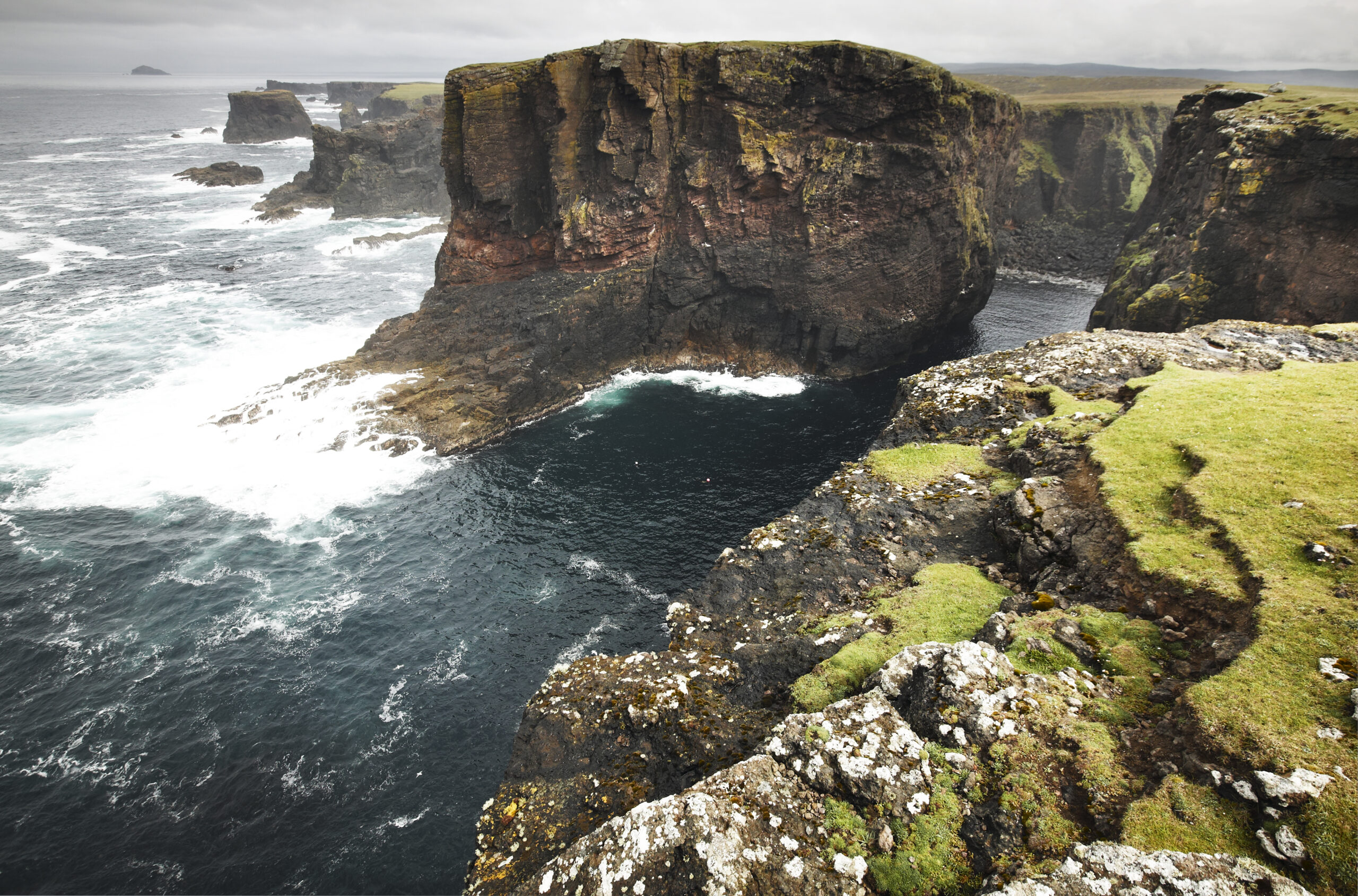
Scotland, located in the northern part of the United Kingdom, is renowned for its diverse geography and fascinating history. Situated in the northwestern part of Europe, Scotland shares borders with England to the south. It is surrounded by the Atlantic Ocean to the west and north, the North Sea to the east, and the North Channel to the southwest. This strategic location has shaped Scotland’s history, culture, and interactions with neighboring countries.
The nation’s captivating landscapes range from majestic mountains and ancient castles to tranquil lochs and picturesque islands. Scotland’s history is deeply rooted in its Celtic heritage, which is still celebrated and cherished today.
Scotland’s history is steeped in tales of bravery, resilience, and legendary figures. From ancient times to today, the country has been shaped by various influences, including the Picts, Celts, Romans, Vikings, and Normans. This diverse heritage has left an indelible mark on Scottish culture, evident in the traditions, music, art, and language that thrive throughout the land.
Over 2,000 castles in Scotland
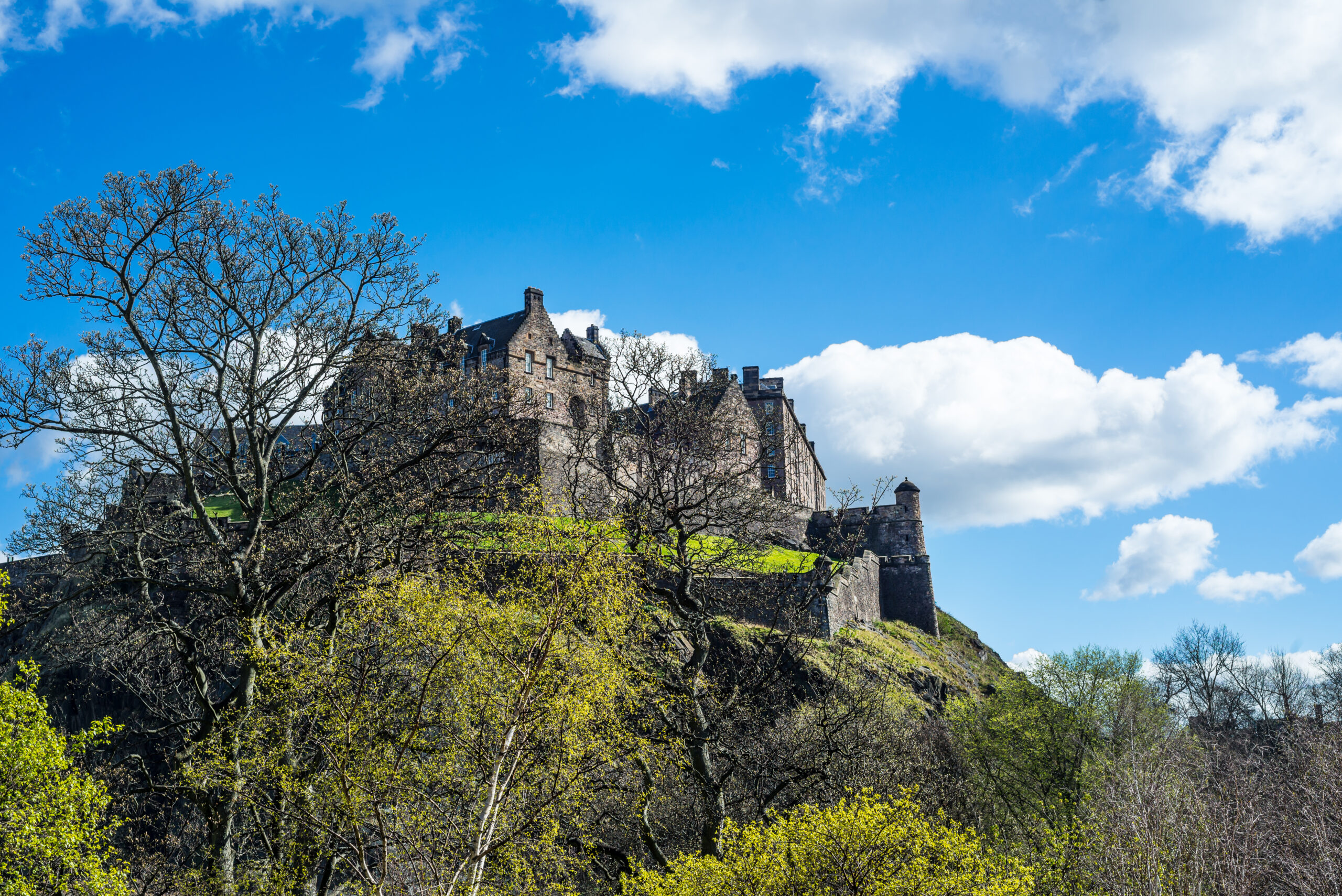
Scotland has over 2,000 castles, each with its own story and charm. Scotland is renowned for its historic castles, which are majestic symbols of its rich and intriguing past. These fortresses offer visitors a glimpse into Scotland’s turbulent history, captivating legends, and architectural grandeur. From the iconic Edinburgh Castle to the remote ruins of Dunnottar Castle, each castle tells a unique story and transports visitors to a bygone era.
Edinburgh Castle, perched dramatically atop Castle Rock, dominates the skyline of Scotland’s capital city. With its origins dating back to the 12th century, this formidable fortress has witnessed centuries of royal intrigue, battles, and momentous events. Explore its grand halls, discover the Crown Jewels of Scotland, and be captivated by the Stone of Destiny, where monarchs were traditionally crowned.
On the sponsored group trip with Detailed Journey, we visited Doune Castle. Originally built in the 14th century, Doune Castle is a testament to the architectural prowess of the medieval period. Its imposing stone walls, imposing towers, and stunning views of the surrounding countryside make it a captivating destination for history enthusiasts and castle lovers alike.
What sets Doune Castle apart is its undeniable connection to the entertainment world. The castle has been a filming location for several iconic productions, including the famous film “Monty Python and the Holy Grail.” Fans of the British comedy group can explore the castle’s rooms and grounds, reliving memorable scenes from the film and experiencing the whimsical humor firsthand.
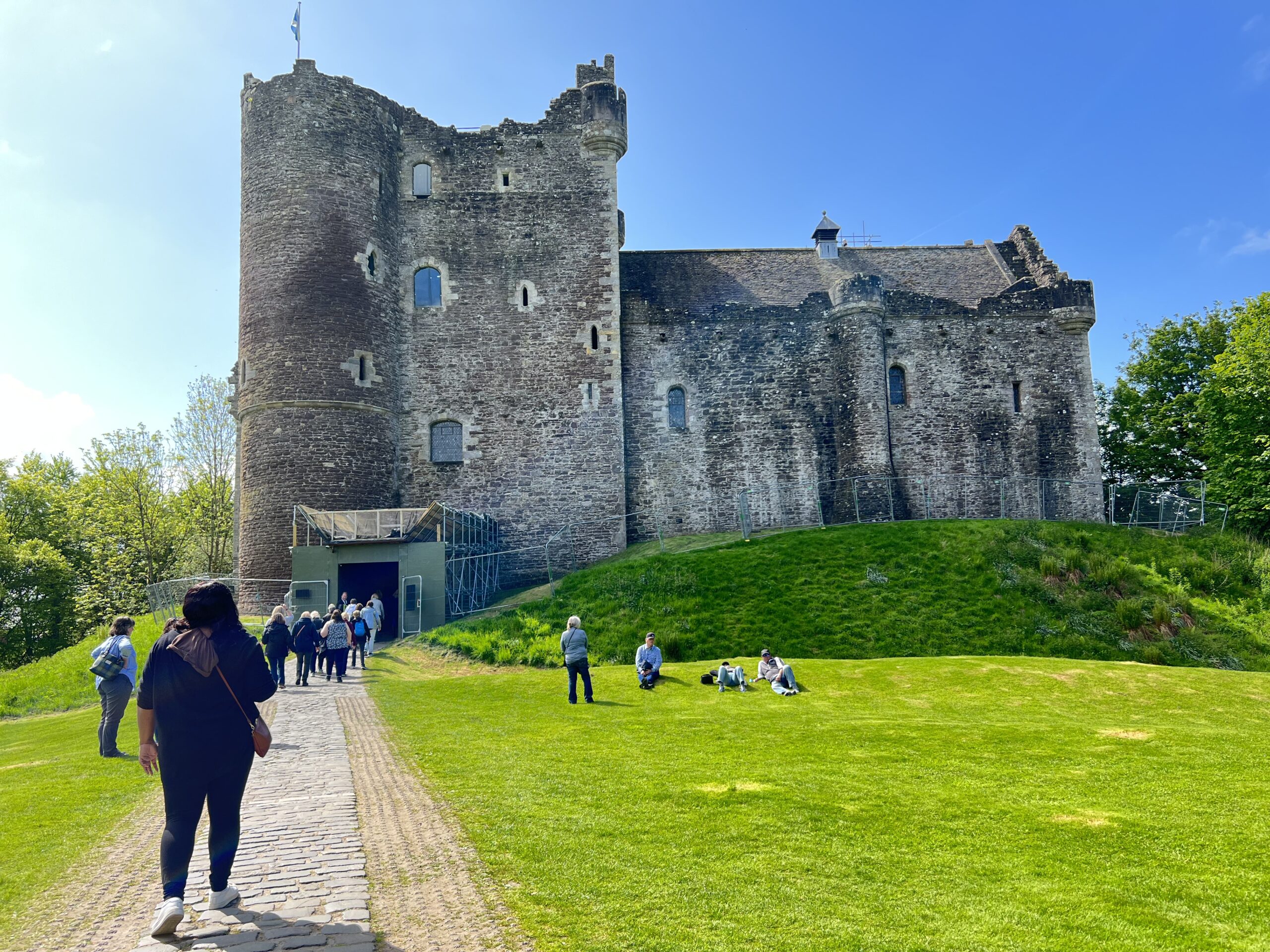
Doune Castle has also made its mark in popular television series, notably as the fictional Winterfell in the pilot episode of “Game of Thrones.” Walking through the castle’s halls and courtyards, visitors can feel the Starks’ echoes and the Seven Kingdoms’ intrigue.
When visiting Doune Castle, expect to be transported to different worlds as you explore its interiors. Audio guides in multiple languages provide fascinating insights into the castle’s history and on-screen appearances. Follow in the footsteps of King Robert the Bruce, who once resided within these walls, and imagine the grandeur and splendor of medieval life.
Another notable castle is Stirling Castle, strategically located on a volcanic rock at the heart of Scotland. This historic stronghold has been pivotal in the country’s conflicts, including the Wars of Independence against England. Step inside the beautifully restored Great Hall, visit the Royal Palace and enjoy panoramic views of the surrounding countryside.
In the northeastern region of Scotland lies Dunnottar Castle, perched dramatically on a cliff overlooking the North Sea. This atmospheric ruin is special in Scottish history and has witnessed numerous sieges and battles. Its dramatic location and crumbling stone walls make it a favorite among photographers and history enthusiasts.
Eilean Donan Castle, located in the Highlands, is one of Scotland’s most picturesque castles. Situated on a small tidal island, it offers a breathtaking setting with a backdrop of rugged mountains and shimmering lochs. The castle has been featured in numerous films and is an iconic symbol of Scottish heritage and romance.
For a glimpse into the life of Scottish royalty, a visit to Balmoral Castle is a must. Located in the beautiful Cairngorms National Park, this castle has been the private residence of the British royal family since the mid-19th century. Explore the stunning grounds, visit the exhibitions, and soak in the regal atmosphere.
Dramatic tales of love, betrayal, and political intrigue surround Eilean Donan Castle in the Highlands, making it a must-visit destination for history enthusiasts. Resting on a small tidal island, the castle’s breathtaking setting against a backdrop of rugged mountains and shimmering lochs adds to its allure.
These are just a few examples of the historic castles that dot the Scottish landscape, each with unique allure and architectural splendor. Exploring these fortresses allows visitors to step back in time and immerse themselves in the rich history of Scotland.
Whether you’re wandering through the ruins of ancient strongholds or marveling at the grandeur of well-preserved palaces, Scotland’s castles offer a glimpse into the country’s fascinating past. Each castle has tales to tell, from battles and royal ceremonies to ghostly legends and hidden treasures. Embarking on a castle tour is an opportunity to experience the grandeur and mystery of Scotland’s history, and it’s an adventure that will leave an indelible mark on any traveler.
The influence of Scottish clans
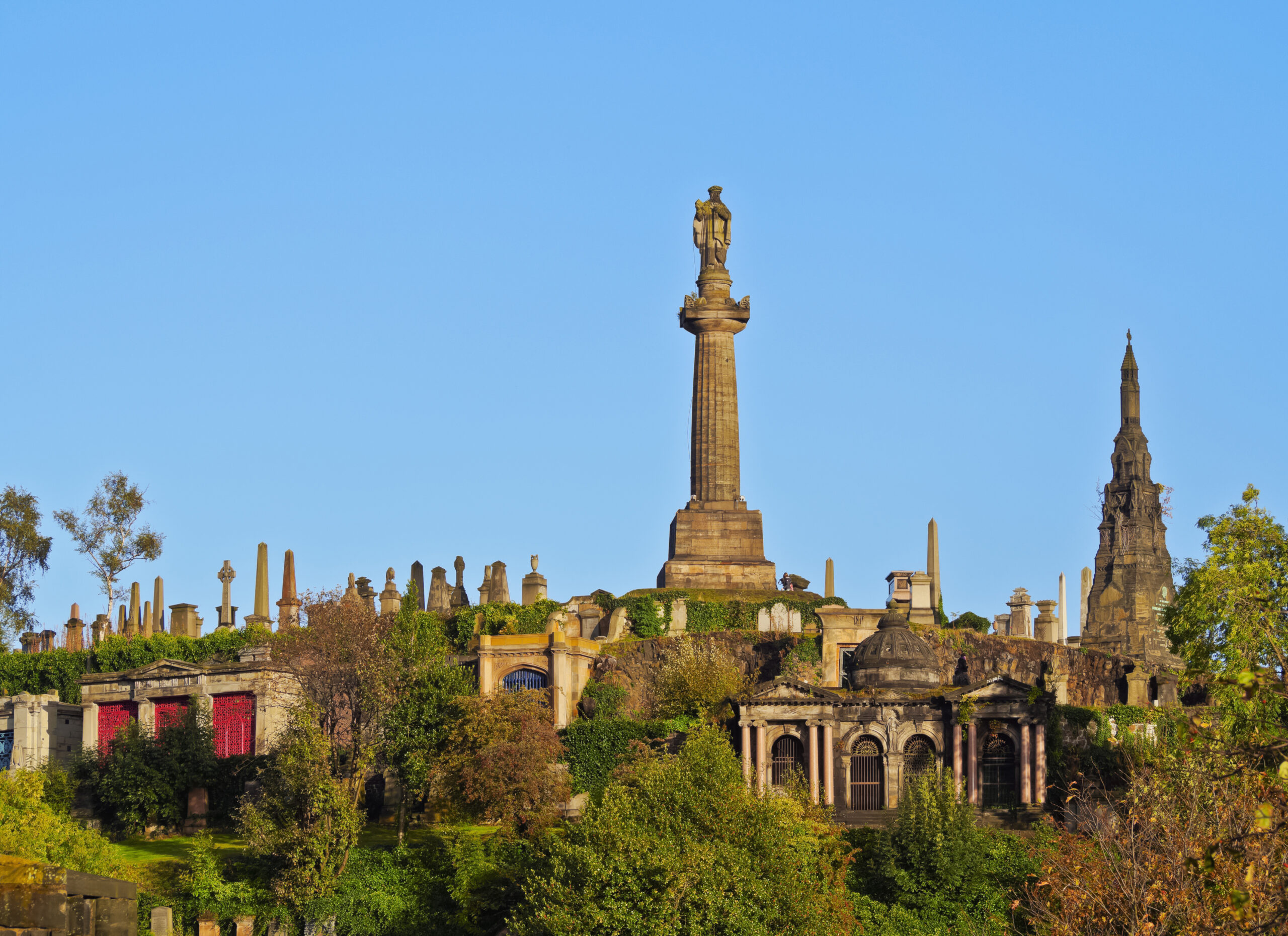
The influence of Scottish clans is an integral part of Scotland’s history and culture. Clans were social units based on familial ties, significantly shaping the country’s social, political, and military affairs. Exploring the heritage and traditions of these clans adds a unique and captivating dimension to your Scottish experience.
Scottish clans were characterized by belonging and loyalty to common ancestry. Each clan had its distinct tartan, crest, and motto, symbolizing identity and pride. Scots still cherish and wear these symbols with pride today, especially during special events and gatherings.
The history of Scottish clans is filled with tales of bravery, honor, and resilience. Many clans were involved in conflicts against rival clans during larger-scale wars such as the Jacobite Risings. The stories of legendary figures, such as William Wallace and Rob Roy MacGregor, are intertwined with the history of clans, further adding to their allure.
Exploring clan heritage allows travelers to connect with Scotland’s past on a deeply personal level. Visiting ancestral homes, such as castles and historic sites associated with specific clans, provides a tangible link to the past and a chance to understand the lives and struggles of those who came before.
Attending Highland games and clan gatherings offers an opportunity to witness traditional Highland sports, music, and dance, where clans come together to celebrate their shared heritage. These events showcase Scottish clans’ vibrant culture and a deep sense of community.
By delving into the influence of Scottish clans, travelers can gain a deeper understanding of Scotland’s history, traditions, and values. It adds an enriching layer to the Scottish experience, allowing visitors to appreciate the importance of kinship, honor, and heritage in the fabric of Scottish society.
Scottish Gaelic Language
While English is the predominant language spoken in Scotland, the influence of Scottish Gaelic can still be found in certain regions. Familiarizing yourself with Gaelic phrases and place names can greatly enhance your appreciation for the country’s linguistic diversity and cultural heritage.
Scottish Gaelic is a Celtic language significant in Scotland’s history and identity. Although it is primarily spoken in the Highlands and Islands Gaelic-speaking areas, there is a renewed interest in preserving and promoting the language throughout the country.
By familiarizing yourself with common Gaelic phrases, greetings, and expressions, you can connect with locals meaningfully and show respect for their language and culture. Even a simple “hello” (madainn mhath) or “thank you” (tapadh leibh) can go a long way in creating a positive interaction.
Exploring place names in Gaelic can also add depth to your travels. Many locations in Scotland have Gaelic names that reflect their geographical features, historical significance, or descriptive qualities. Understanding the meaning behind these names adds a new layer of appreciation for the landscapes you encounter.
While you may not become fluent in Gaelic overnight, trying to learn a few phrases or understand the basics of the language can enrich your experience in Scotland. It demonstrates a genuine interest in the culture and respects the country’s linguistic heritage.
Embracing the linguistic diversity of Scotland, including the Gaelic language, allows you to connect with the local community more profoundly. It adds a unique and authentic dimension to your travel experience, fostering a deeper understanding and appreciation for Scotland’s rich cultural tapestry.
Over 120 Whisky Distilleries in Scotland.
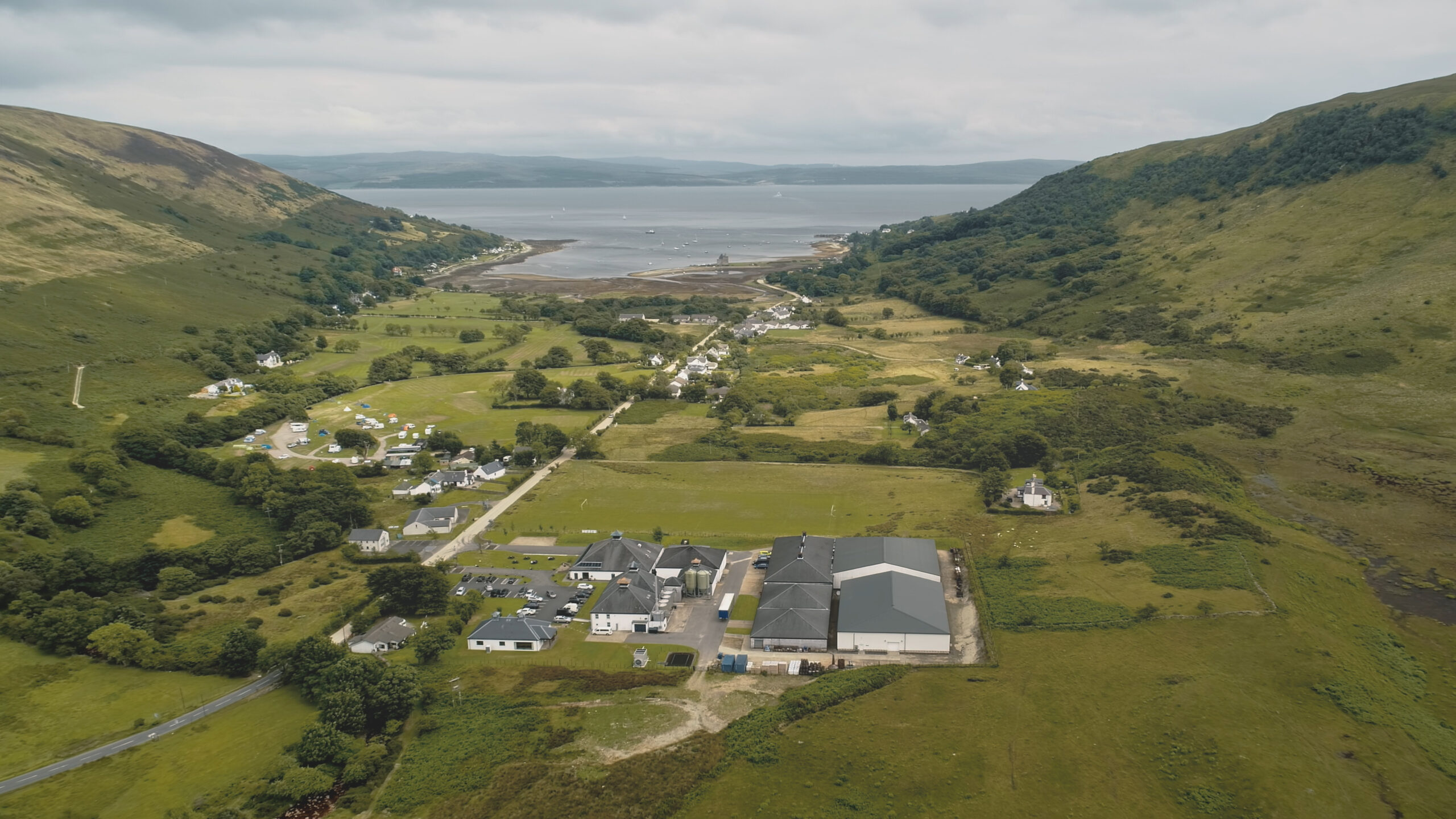
Scotland’s reputation for producing exceptional whisky is renowned worldwide. The country’s whisky distilleries offer visitors an opportunity to delve into the artistry and heritage of this beloved spirit. Whether you prefer the peaty malts of Islay or the smooth and mellow flavors of the Highlands, exploring whisky distilleries in Scotland is an absolute must for any whisky enthusiast.
With over 120 active distilleries across the country, Scotland boasts a diverse range of whisky styles and flavors. Each region has its distinct characteristics, shaped by factors such as local water sources, traditional production methods, and the influence of regional climates.
Visiting whisky distilleries allows you to witness the craftsmanship and meticulous processes of whisky production. From malting and mashing to fermentation and maturation, you can gain insight into the intricate journey from barley to bottle. Knowledgeable guides provide fascinating insights into the history, techniques, and stories behind each distillery, making the experience both educational and enjoyable.
Of course, no whisky distillery tour would be complete without a tasting session. Sample a variety of whiskies, from the smoky and peaty expressions to the fruity and complex ones. Learn to appreciate the nuanced flavors, aromas, and textures that make Scotch whisky special.
Beyond the whisky, distilleries often boast breathtaking settings nestled in picturesque landscapes. From the windswept coastlines of Islay to the rolling hills of Speyside, the locations add to the allure and create a memorable experience.
Exploring whisky distilleries in Scotland offers a unique opportunity to immerse yourself in the country’s whisky culture and heritage. It allows you to develop a deeper appreciation for the craftsmanship, diversity, and flavors of Scotch whisky. Whether you’re a whisky connoisseur or simply curious about the world of whisky, visiting distilleries in Scotland is an enriching and memorable experience that should not be missed.
Haven for outdoor adventure enthusiasts.
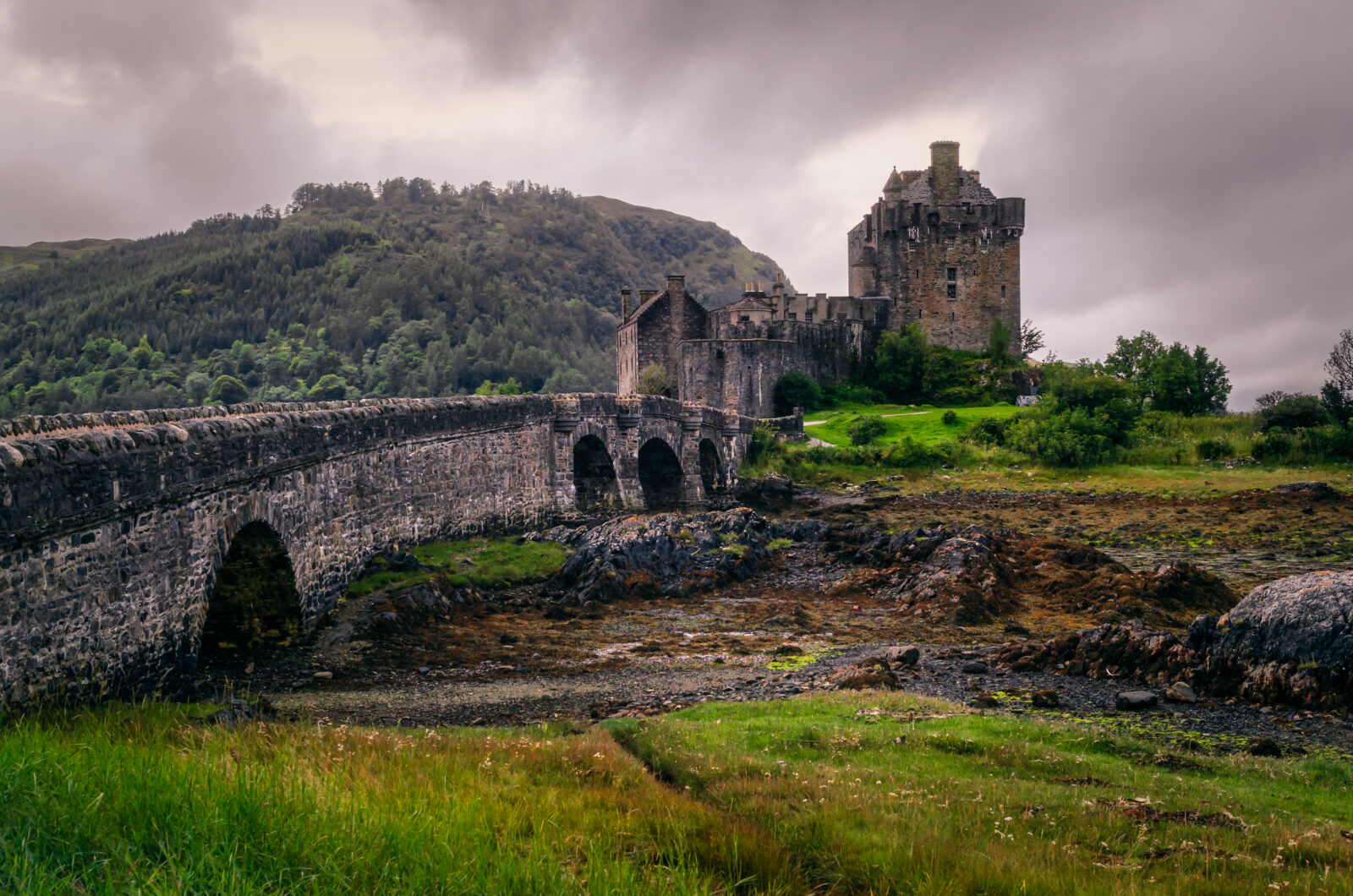
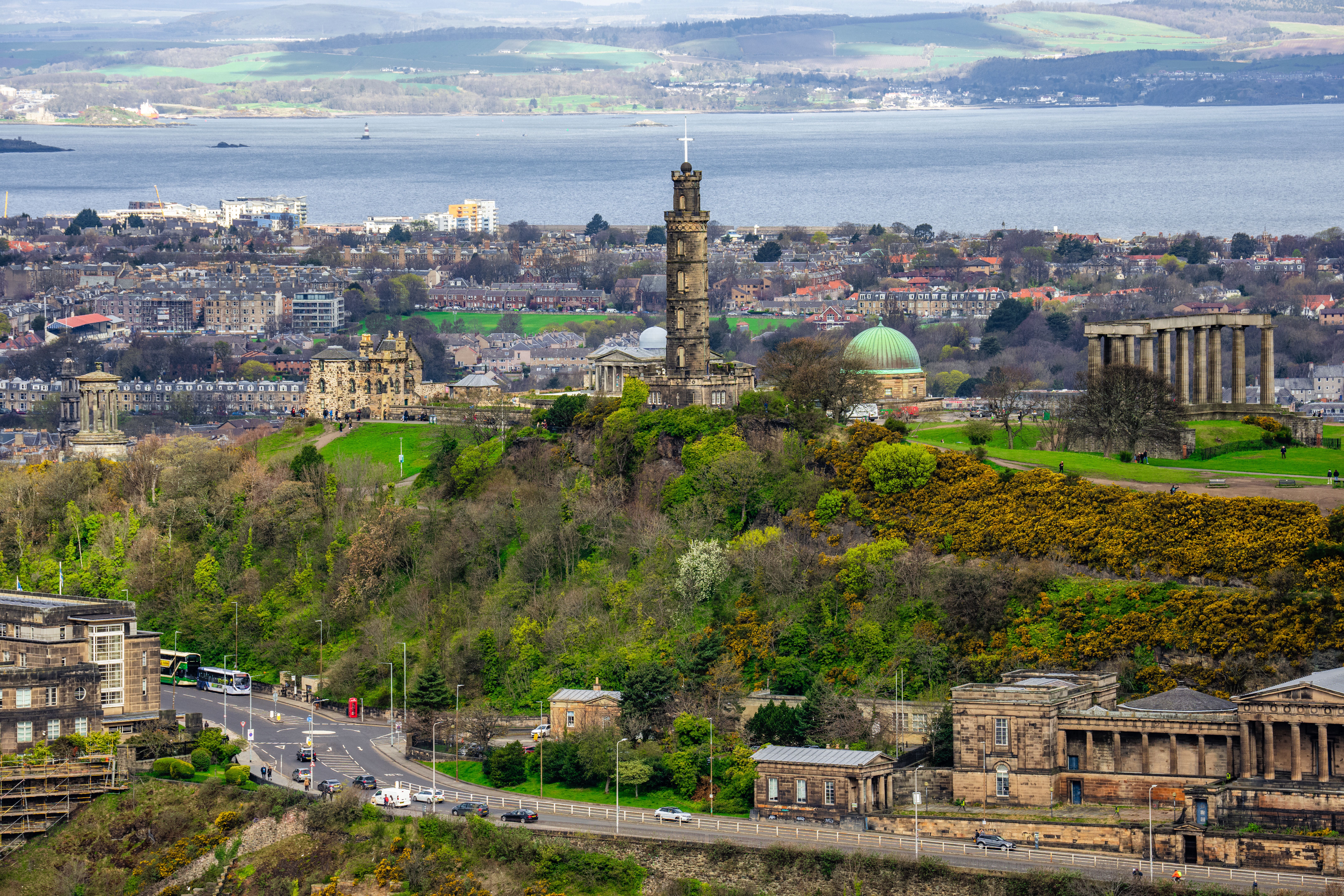
Scotland is a haven for outdoor adventure enthusiasts, offering many exhilarating activities amidst its breathtaking landscapes. From hiking through rugged mountains to fishing in pristine rivers, golfing on world-class courses, and engaging in thrilling winter sports, Scotland provides the perfect backdrop for unforgettable outdoor experiences.
Hiking is popular in Scotland, with various trails catering to all fitness and experience levels. The majestic Scottish Highlands offer some of the most iconic and challenging hikes, such as the famous West Highland Way and the towering peaks of Ben Nevis. The stunning landscapes, including vast moors, shimmering lochs, and dramatic mountain ranges, make every step a visual feast.
Fishing enthusiasts will find themselves in paradise, with Scotland’s rivers and lochs teeming with salmon, trout, and other prized catches. Casting a line amidst the tranquil beauty of the Scottish countryside is a serene and rewarding experience.
Scotland’s golf courses are renowned worldwide, attracting enthusiasts from around the globe. With over 550 courses, including historic links and stunning coastal layouts, golfers are spoiled for choice. Play a round on legendary courses like St. Andrews, Carnoustie, or Royal Dornoch, and soak in the history and natural beauty surrounding these hallowed fairways.
In winter, Scotland transforms into a playground for winter sports enthusiasts. The Cairngorms National Park and Glencoe offer exceptional skiing, snowboarding, and mountaineering opportunities. With reliable snow conditions and stunning alpine scenery, these winter sports destinations are a must-visit for thrill-seekers.
Scotland delivers on all fronts, whether you’re seeking adrenaline-pumping activities or serene outdoor pursuits. Its diverse landscapes, including rugged mountains, pristine lochs, and picturesque coastlines, offer endless opportunities for exploration and adventure. Immerse yourself in the natural beauty of Scotland and create memories that will last a lifetime.
Edinburgh Festival Fringe: The World’s Largest Arts Festival
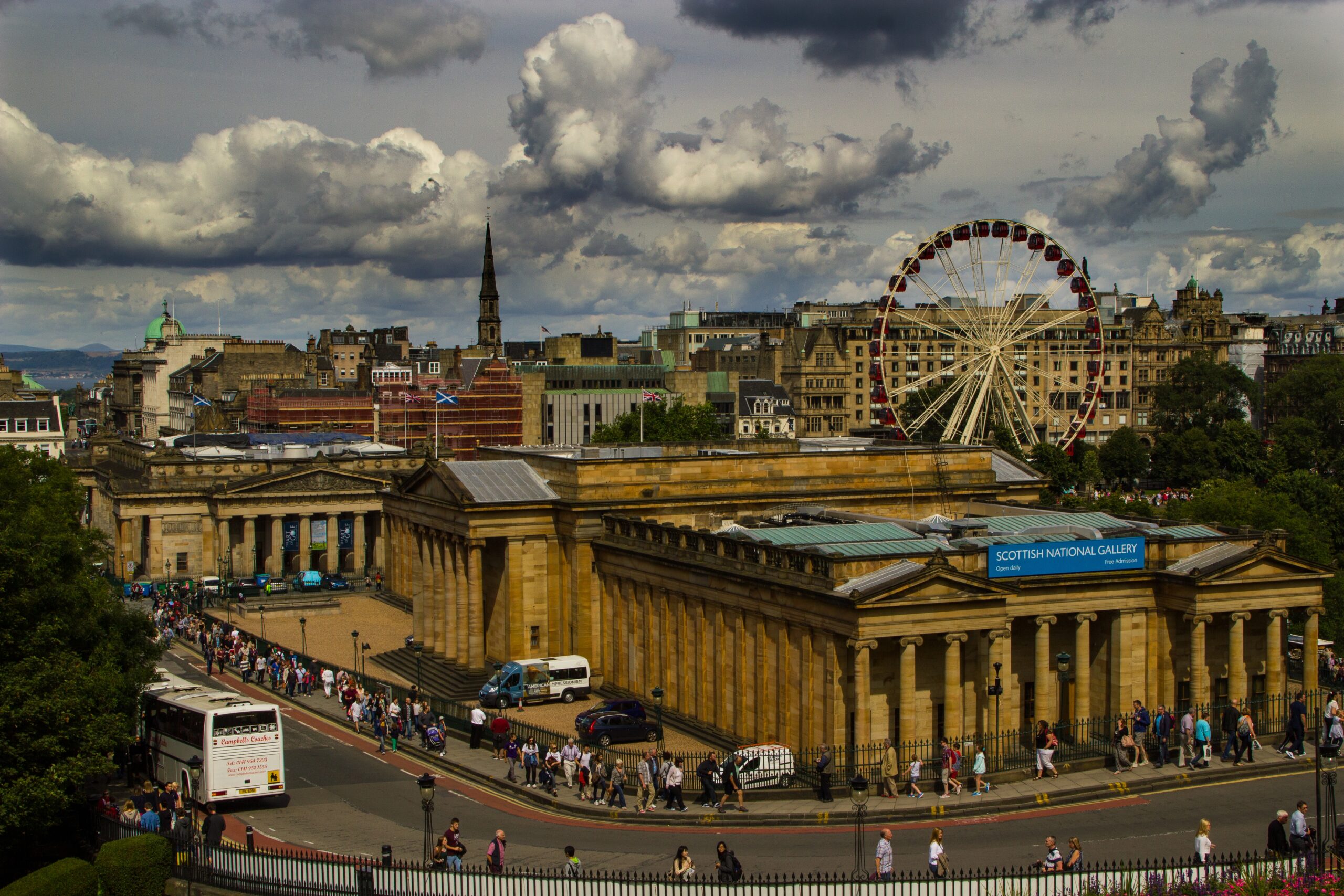
The Edinburgh Festival Fringe, the world’s largest arts festival, is a vibrant celebration of creativity annually in August in the Scottish capital. Prepare to be immersed in a whirlwind of theater, comedy, music, and visual arts as artists and spectators from around the globe descend upon Edinburgh for this unparalleled event.
The festival showcases various performances, ranging from large-scale productions to intimate solo shows, spanning every genre and artistic discipline imaginable. The streets and venues of Edinburgh come alive with palpable energy as performers captivate audiences with their talent and creativity.
The theater scene is particularly robust, with an impressive lineup of plays, musicals, and experimental performances. From classic works to avant-garde productions, the Edinburgh Festival Fringe provides a platform for established and emerging artists to showcase their craft and push boundaries.
Comedy enthusiasts will delight in the festival’s comedy shows, where established and up-and-coming comedians deliver side-splitting performances. Audiences can expect a mix of stand-up, improv, sketch comedy, and hilarious storytelling to leave them in fits of laughter.
Music is also an integral part of the festival, with a diverse range of concerts and performances throughout the city. From classical recitals to contemporary music acts, something suits every musical taste.
Visual arts are not forgotten either, with exhibitions and installations showcasing the work of talented artists. Explore galleries, pop-up art spaces, and outdoor installations to discover a visual feast of creativity.
The Edinburgh Festival Fringe is an unmissable event for art enthusiasts, providing an unparalleled opportunity to immerse yourself in a world of creativity, talent, and innovation. Be prepared to be dazzled, inspired, and entertained as Edinburgh becomes a global stage for artistic expression.
Scotland is A Foodie Destination of Traditional Cuisine
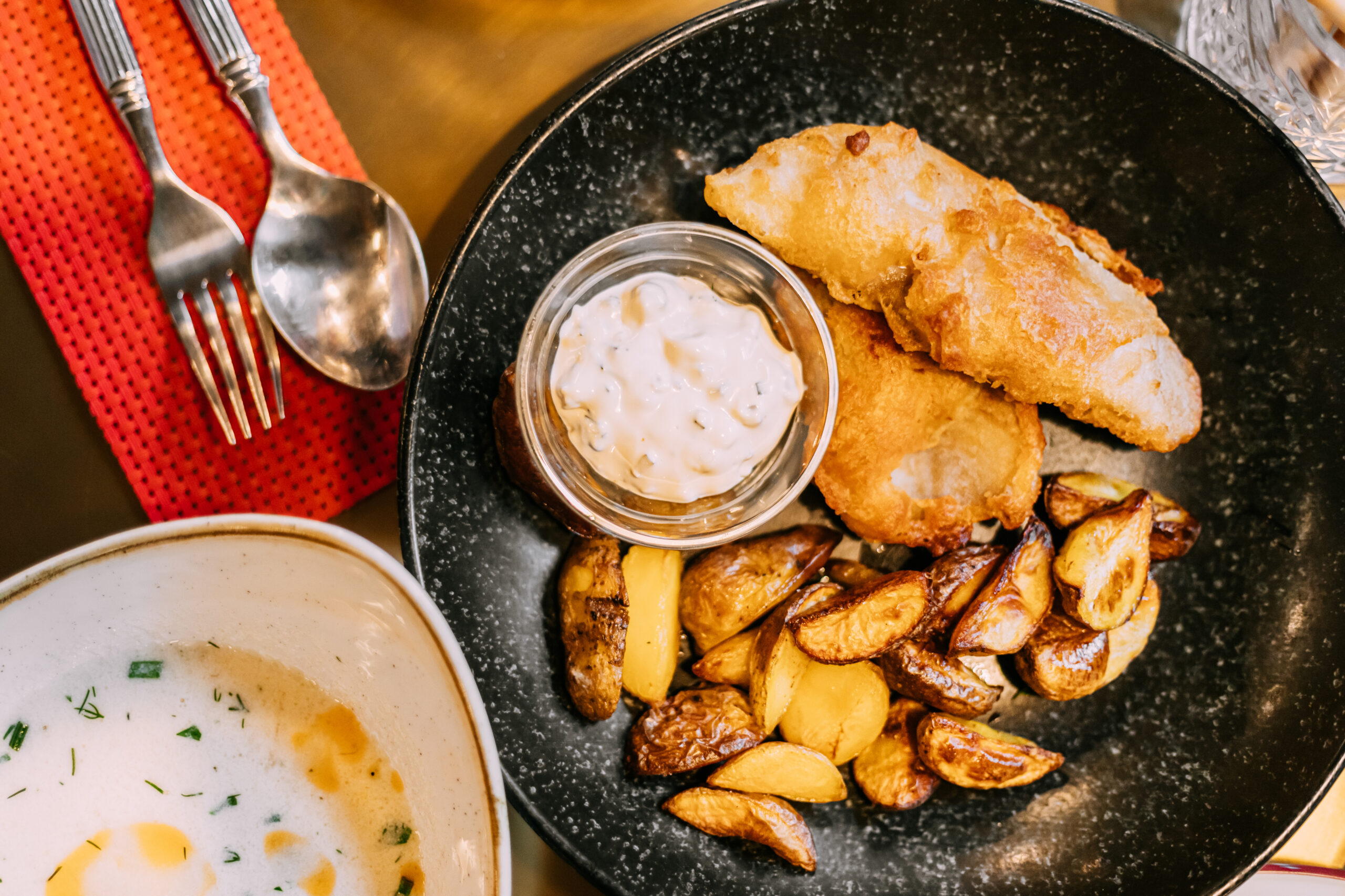
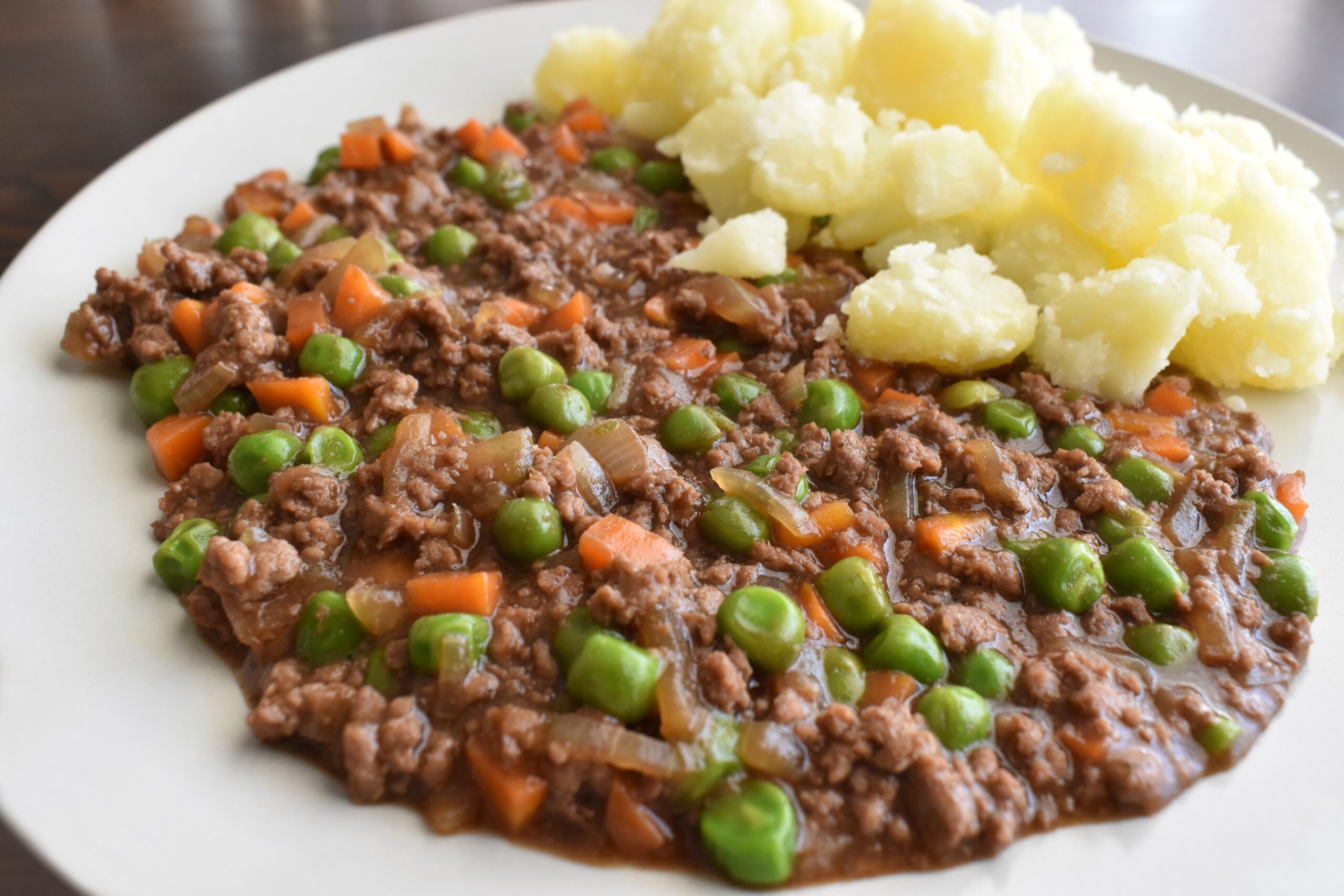
Scotland’s traditional cuisine offers a delightful journey for food enthusiasts, with a range of dishes that reflect the country’s rich culinary heritage. Embrace Scotland’s culinary delights and indulge in various traditional dishes that showcase the unique flavors and ingredients of the region.
One of Scotland’s most iconic dishes is haggis, a savory delicacy made from sheep’s organs, onions, oats, and spices, traditionally encased in a sheep’s stomach. This hearty dish is a must-try for those seeking an authentic Scottish culinary experience. Pair it with neeps (mashed turnips) and tatties (mashed potatoes) for a truly traditional meal.
Scotch pies are another beloved staple of Scottish cuisine. These individual-sized pies are filled with savory minced meat, such as beef or lamb, and encased in a crisp pastry shell. They are a popular grab-and-go snack or a tasty addition to a traditional Scottish meal.
Seafood lovers will find Scotland a true paradise. From fresh salmon and succulent langoustines to plump scallops and mussels, the coastal waters of Scotland provide an abundance of delectable seafood options. Indulge in a plate of smoked salmon or sample a seafood platter featuring a variety of local catches.
Cullen skink, a creamy fish soup made with smoked haddock, potatoes, and onions, is a comforting and flavorsome dish that showcases Scotland’s coastal flavors. Its rich and smoky taste will warm your soul, particularly on a chilly day.
Try cranachan, a traditional Scottish dessert, to end your meal on a sweet note. This delightful concoction layers fresh raspberries, whipped cream, toasted oats, and a drizzle of honey and whisky for a harmonious blend of flavors and textures.
Exploring Scotland’s traditional cuisine is a culinary adventure that allows you to savor the unique flavors and dishes that generations have enjoyed. From hearty, savory dishes to delectable desserts, the traditional cuisine of Scotland is sure to tantalize your taste buds and leave you with a newfound appreciation for the country’s culinary heritage.
Tartan and Kilts are the iconic symbols of Scottish culture.
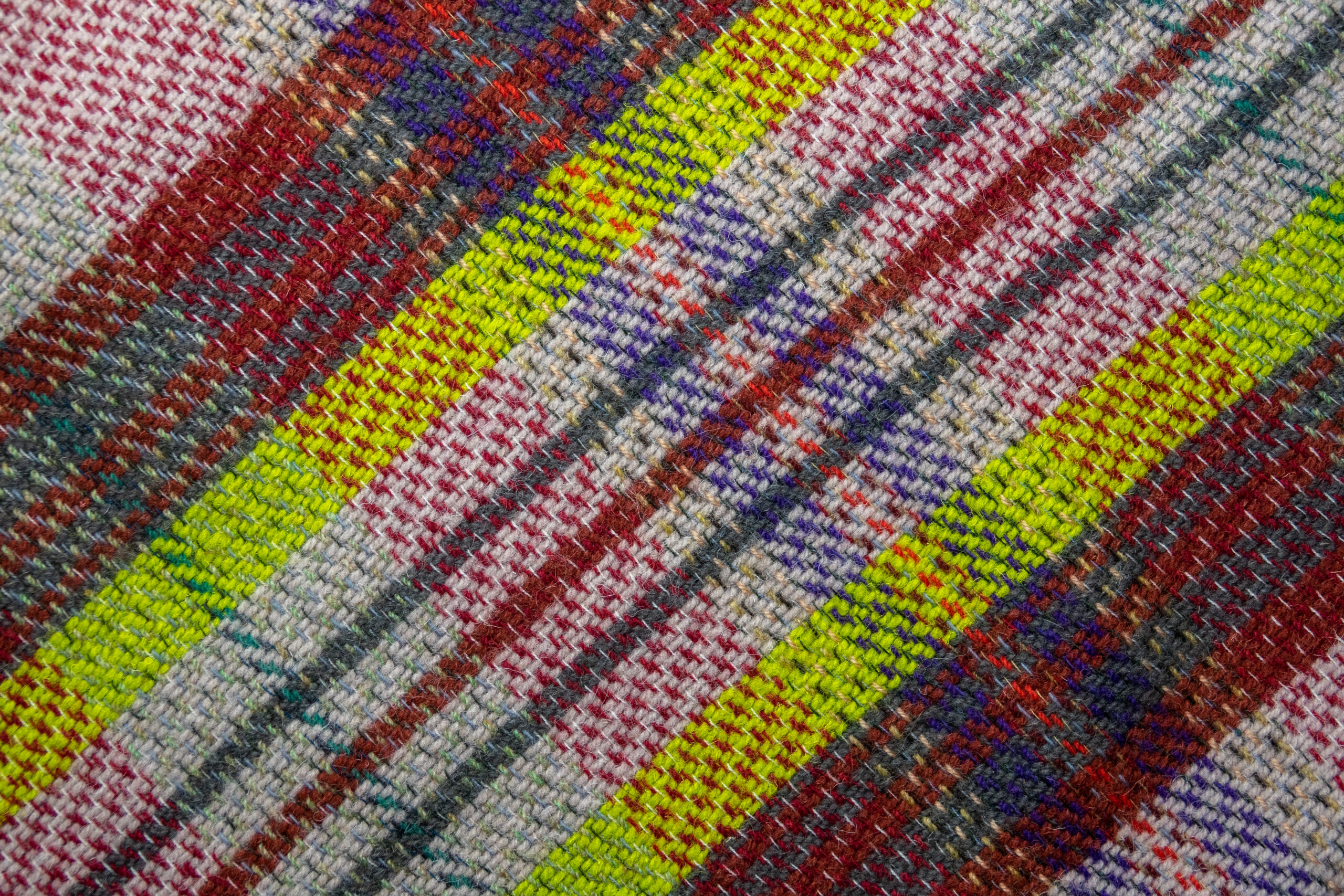
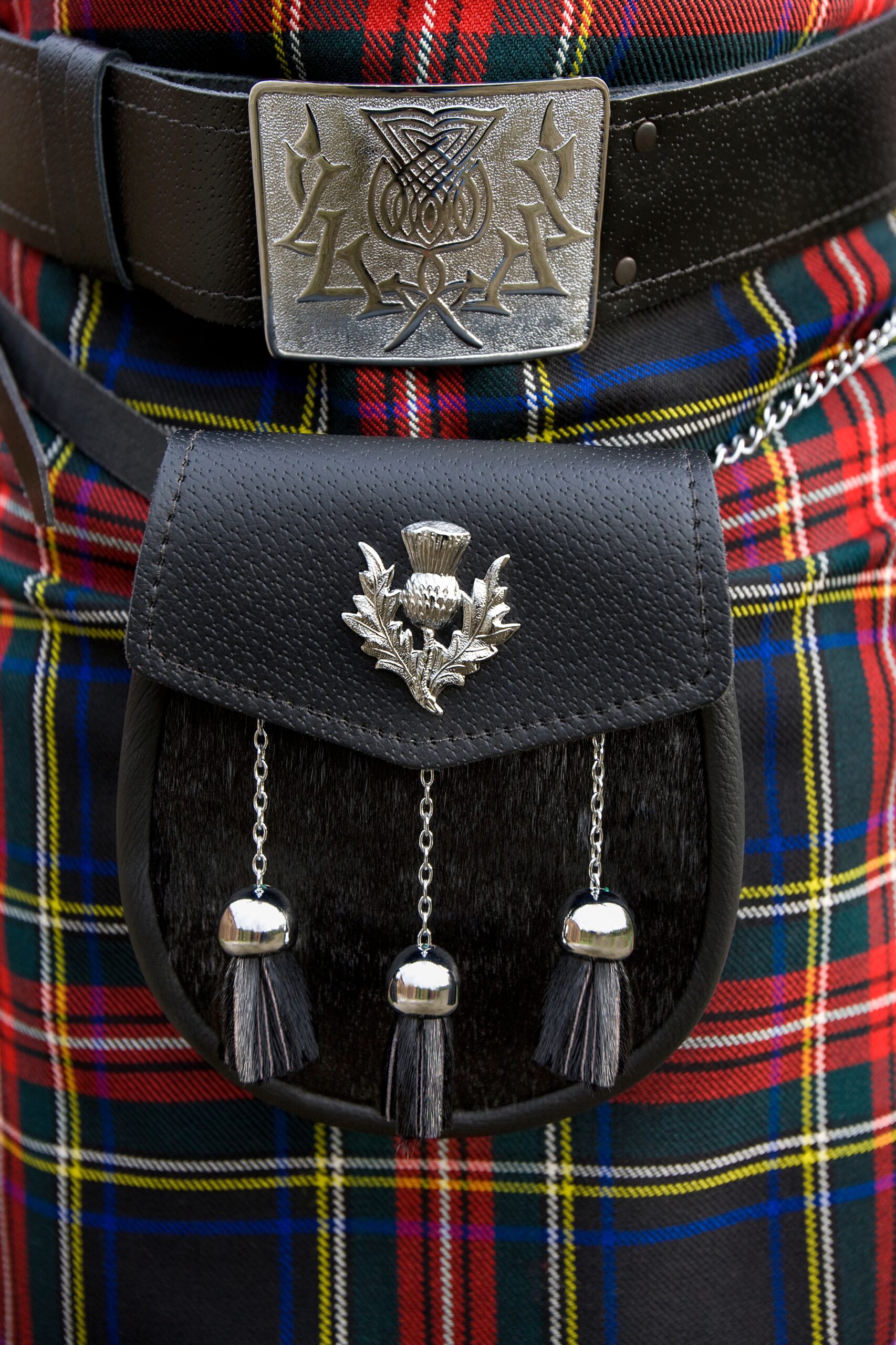
Scotland’s association with tartan patterns and traditional kilts is world-renowned. The country’s rich textile heritage and deep-rooted clan system have given rise to these iconic symbols of Scottish culture. Each clan possesses its distinct tartan, visually representing its unique heritage and identity.
Tartan, a pattern of crisscrossed horizontal and vertical bands of different colors, holds a special place in Scottish tradition. Originally, tartans were worn as a form of regional identity, with specific patterns associated with different areas of Scotland. Over time, tartan became intertwined with clan identity, each adopting its tartan design.
Kilts, the traditional Scottish garment, are made from tartan fabric and are a beloved symbol of Scottish heritage. Men and women wear these knee-length pleated skirts during special occasions and events. The sight of colorful kilts swirling in the wind is a captivating spectacle that adds a touch of grandeur to any gathering.
Admiring the kilts and tartans worn during Scottish events provides a glimpse into the country’s rich cultural heritage. Whether it’s a Highland gathering, a traditional wedding, or a ceremonial procession, the sight of kilts in various tartan patterns evokes a sense of pride and nostalgia.
While tartan and kilts have deep historical roots, they continue to be embraced and celebrated in modern Scottish society. Tartan patterns are incorporated into various contemporary fashion and design aspects, allowing people to connect with their Scottish heritage and showcase their cultural pride.
Scots are Super Friendly!
When visiting Scotland, one of the most delightful aspects of the experience is undoubtedly the warm and friendly nature of the locals. Scots are renowned for their hospitality and welcoming demeanor, creating a welcoming atmosphere that enriches any traveler’s journey.
Interacting with the locals is a wonderful way to immerse yourself in the culture and gain a deeper understanding of the country. Whether you start a conversation in a traditional pub, chat with a friendly shopkeeper, or seek recommendations for hidden gems from a local, the encounters with Scots will leave a lasting impression.
The friendly nature of the locals extends beyond mere politeness; they have a genuine interest in sharing their country’s stories, traditions, and recommendations. They are often more than happy to engage in conversation, offer assistance, and provide insights into the local way of life. This willingness to connect and share makes interactions with Scots so special.
Engaging with the locals also opens doors to discovering hidden gems and off-the-beaten-path experiences that may not be found in guidebooks. Locals can provide insider tips on the best places to eat, lesser-known attractions, and events that offer an authentic taste of Scotland.
You’ll create memorable connections and gain a deeper appreciation for Scotland’s culture and traditions by embracing the opportunity to interact with the friendly locals. These encounters will add a personal touch to your journey, making it more meaningful and leaving you with cherished memories of the warmth and friendliness of the Scottish people.
BONUS FACT: Unicorn is the official animal of Scotland.
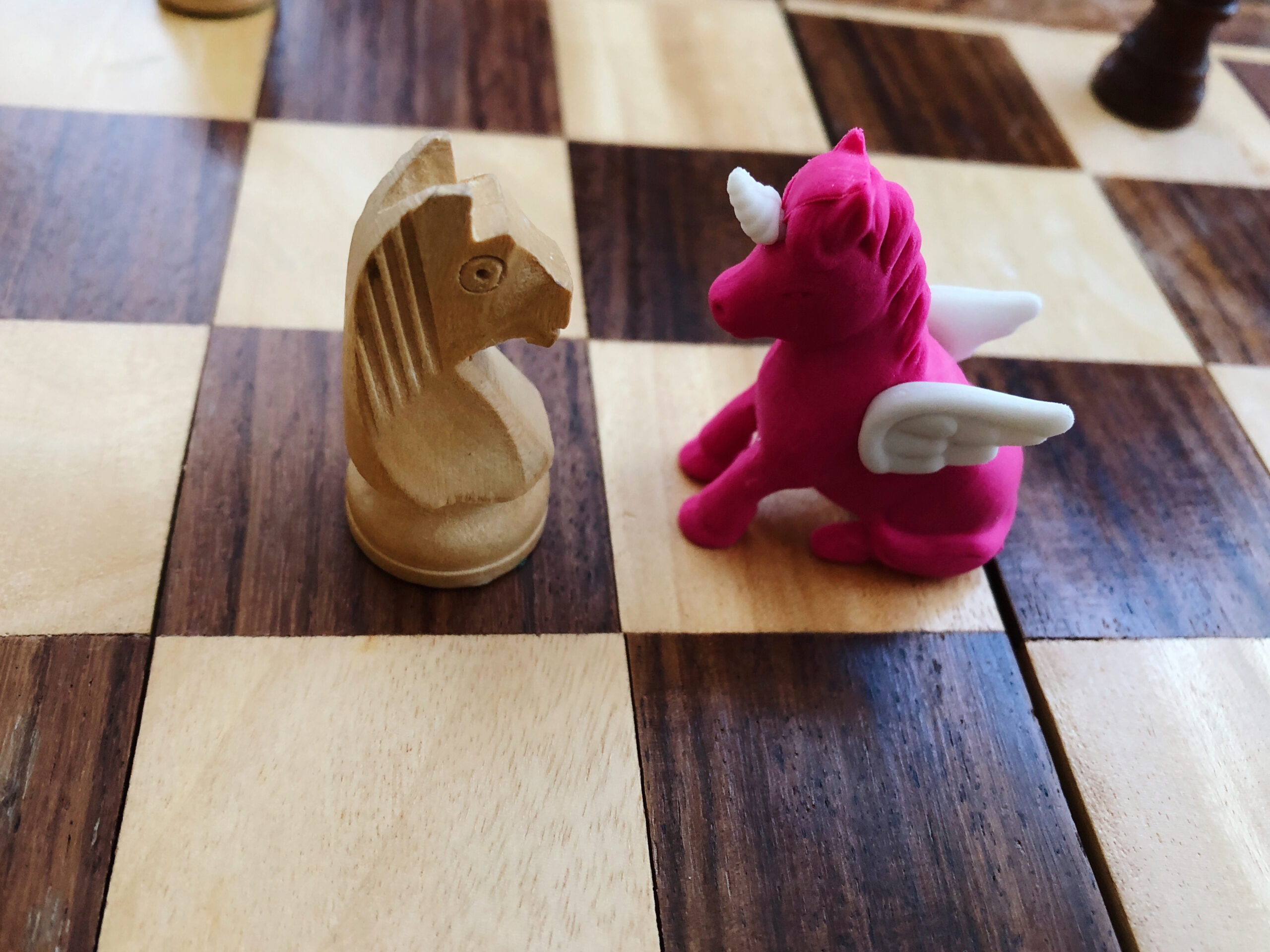
Surprisingly, the unicorn holds the prestigious title of Scotland’s official animal. While it may seem fantastical, the unicorn has deep historical and mythological roots within Scottish culture. The adoption of the unicorn as a national symbol dates back to the 12th century when it appeared on the Scottish royal coat of arms.
The choice of the unicorn as a national animal carries symbolic significance. In Scottish folklore and mythology, the unicorn represents purity, strength, and independence. It is depicted as a majestic creature with a single horn on its forehead and untamed grace. The unicorn’s mythical nature aligns with Scotland’s rich history and legendary tales.
The unicorn’s association with Scotland can be traced to the ancient Celtic tribes who believed it to be a powerful and magical creature. Over time, the unicorn became intertwined with the identity of Scotland, appearing in various forms of art, literature, and architecture throughout the country.
Today, the unicorn can be seen in various places across Scotland, including the unicorn statues adorning the entrance of the Palace of Holyroodhouse in Edinburgh and the Unicorn tapestries displayed at the Scottish Parliament. It has become an enduring symbol representing Scotland’s uniqueness and capturing the imagination of locals and visitors.
Embracing the unicorn as the official animal of Scotland is a testament to the country’s appreciation for myth, folklore, and the power of imagination. It adds a touch of enchantment to the already magical landscapes and rich cultural tapestry of Scotland, making it a truly one-of-a-kind destination.
Leave a Reply
© copyright 2024 Congologie Studios